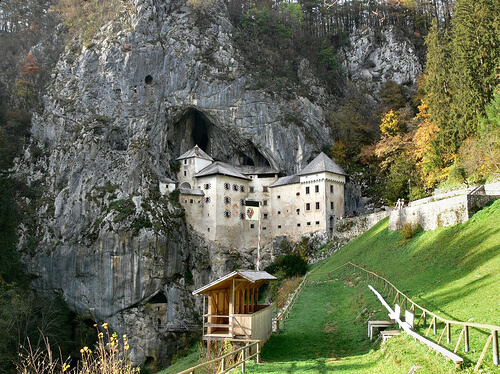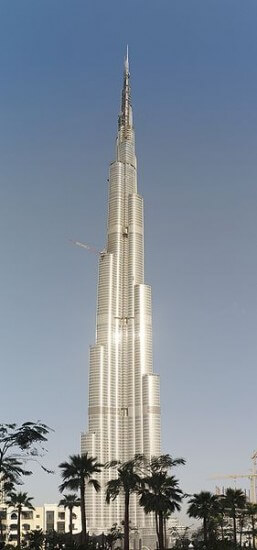Today’s Architecture is Rubbish
by Tim Alatorre
-
Posted on May 14, 2009
The WebEcoist recently posted a great article “When Caves and Architecture Collide” that showcases some of the extraordinary structures man has erected inside of caves over the millennium. Matthew Rogers, the author, notes that he wanted to showcase what happens when “beautiful caves get mated with the architectural and artistic abilities of our ancestors (which, sadly, still seem to outdo us by leaps and bounds).”
Besides enjoying the stunning photographs, Matthew’s words made me think about a theme that has surfaced again and again among architectural thinkers:
Why do we frequently perceive the creations of the past to be superior to our own in the present?
I think there are many reasons why today’s architecture may be perceived as lesser then the past and I would like to explore a few of them.
- We have placed limits on ourselves. The people of the past were able to carve out massive caves and place stone monuments all over islands because they wanted to and there was no one to stop them. I find it ironic that the WebEcoist posted a piece on how man has desecrated natural caves. Our modern environmental sensibilities would never allow a developer to carve up a natural cave. If you want to do that sort of thing you better be prepared for decades of EIRs and legal battles.
- The economics don’t allow for it. Ancient cultures often united for common architectural goal. Stonehenge, the Egyptian Pyramids, and the great cities of ancient America come to mind. If you can mobilize a society for one specific goal you can accomplish amazing things. Today we don’t have the same collective will for great architecture, and when we do, as in the case of the the Freedom Tower in NY, we don’t have absolute leadership to organize and direct the work. There have been a few exceptions that I can think of in recent times; the Mormon pioneers of the early 1800 worked collectively to erect their early temples, and the Hoover Dam on the Colorado River where massive government direction and resources allowed for this project to be completed.
- Skilled labor is harder to find. I’m really not sure if this is entirely true since I don’t have any statistics comparing the percentage of skilled labor anciently to today, but I think in general terms the quality of craftsmanship in modern construction is in decline. In the United Sates we don’t have an apprentice system or any formal way for craftsmen to pass down there skills. The majority of construction workers today tend to have general skill sets and not a mastery of any particular trade.
-
We look around today and see all of our current creations, the good, and the bad. We know from archaeological evidence that man has always built a lot. The majority of ancient architecture was made of mud bricks or wood that has been washed away over time. What remains are the monuments, the temples, the grand architectural statements. I think that in a thousand years we will look back on today’s architecture with the same awe and reverence as we do to our predecessors of thousands of years ago. All of the rubbish architecture will have been cleared away leaving only our grand statements, our monuments. The people in the future will say, how did they build all of that without holographic modelers and construction robots? We know from archaeological evidence that man has always built a lot. The majority of ancient architecture was made of mud bricks or wood that has been washed away over time. What remains are the monuments, the temples, the grand architectural statements. I think that in a thousand years we will look back on today’s architecture with the same awe and reverence as we do to our predecessors of thousands of years ago. All of the rubbish architecture will have been cleared away leaving only our grand statements, our monuments. The people in the future will say, how did they build all of that without holographic modelers and construction robots?
Is the architecture of yesterday superior to our own by”leaps and bounds”? In some ways I think so. But I sure would like to see a medieval lord erect a 2,684 foot skyscraper.

